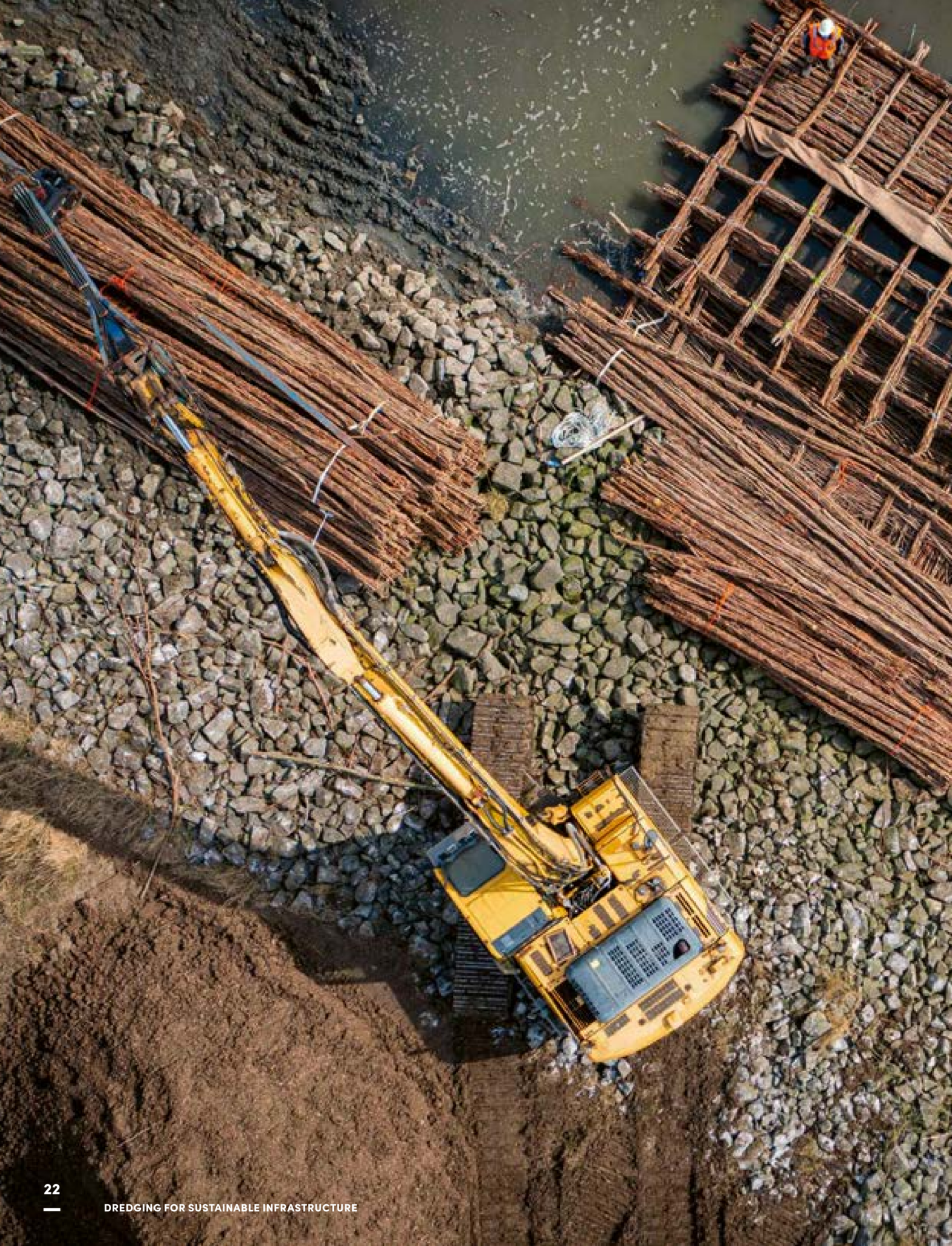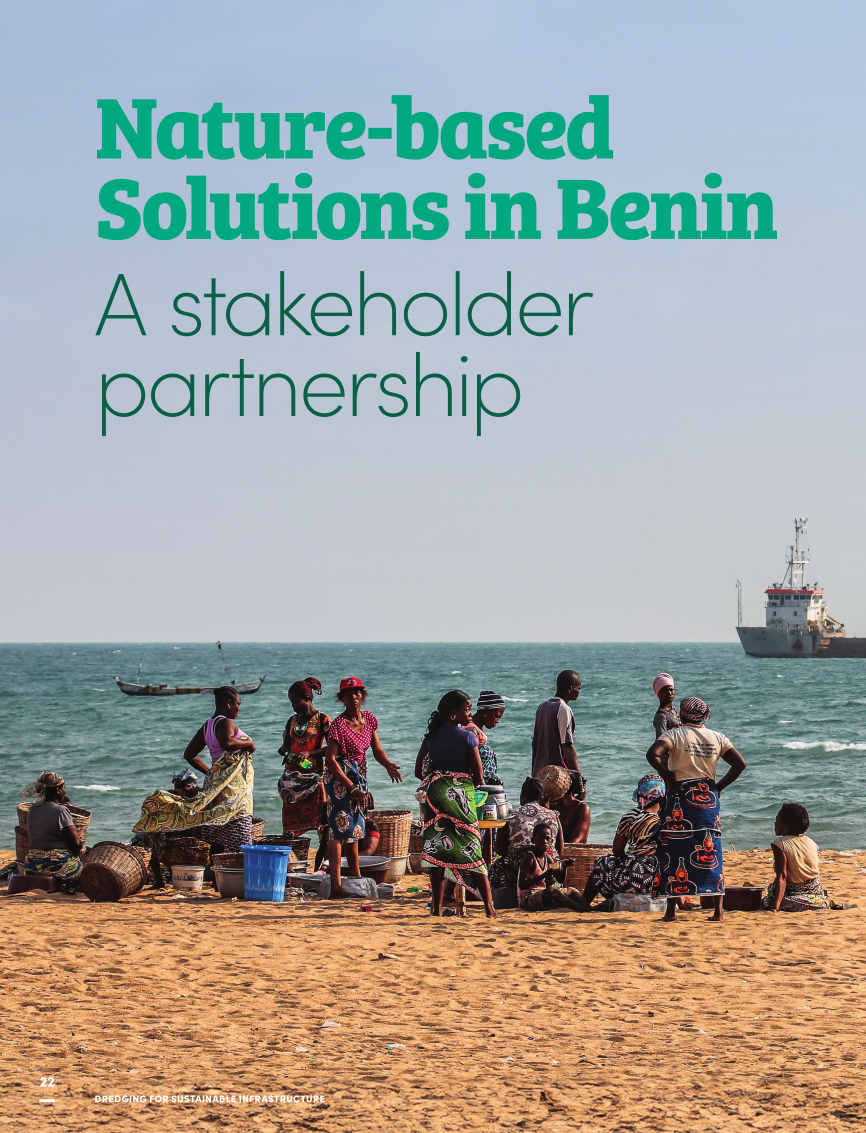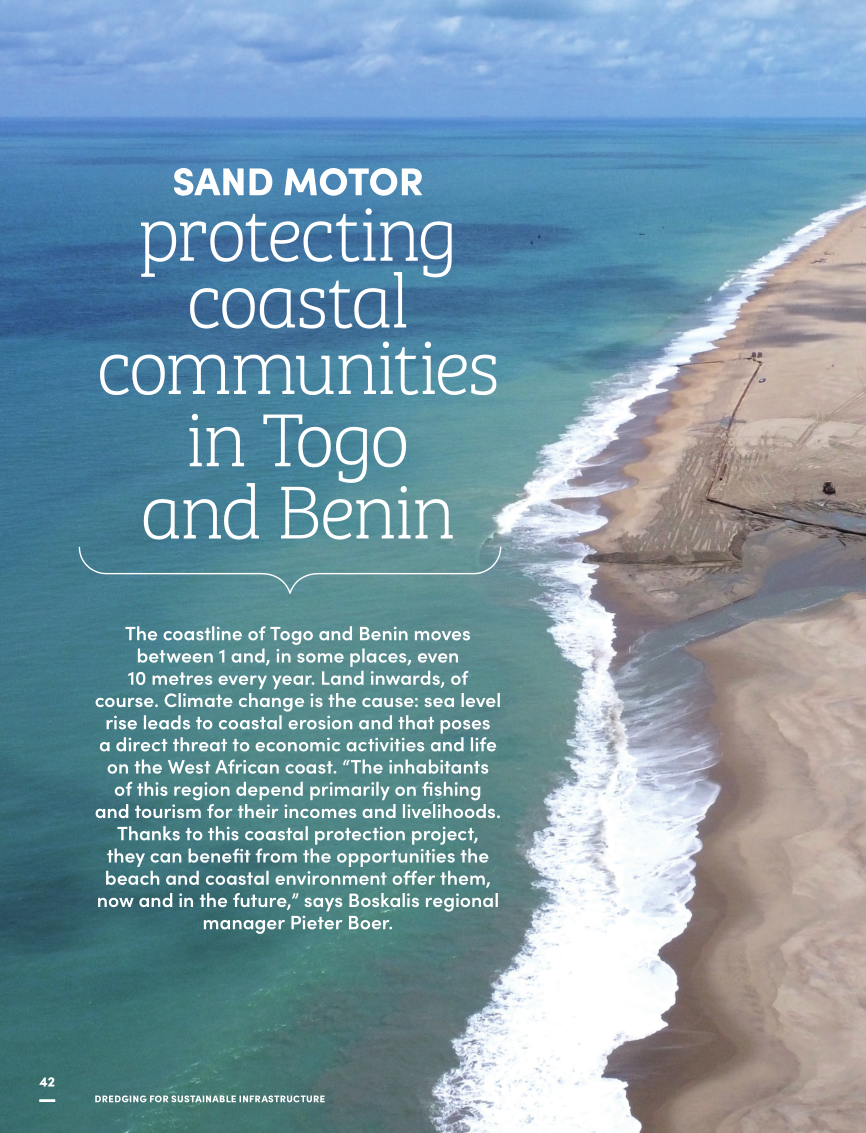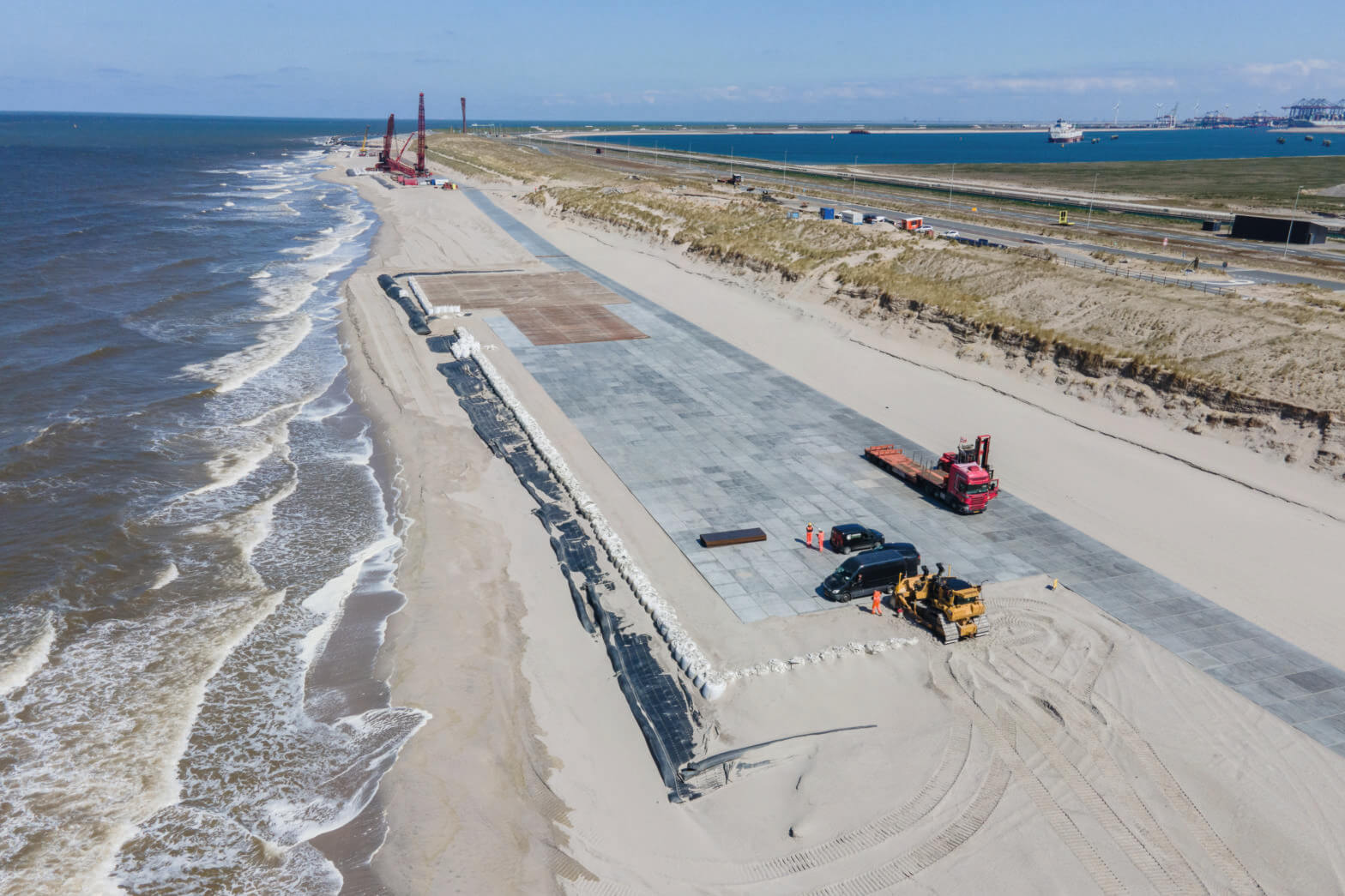
Bankbusters: Ecosystem-based riverbank management
Estuarine tidal wetlands offer vital ecosystem services, including flood protection, erosion control and water purification. However, these estuarine ecosystems actually face significant pressures caused by both human activities and natural forces, leading to habitat and ecosystem degradation and loss. The Bankbusters project adressess these issues by reusing soft dredged sediments to restore tidal marshes and mudflats as natural riverbank systems. As such, this initiative promotes biodiversity, enhances flood resilience and supports sustainable economic growth through innovative, eco-friendly and resilient solutions in the Scheldt estuary.

TALKING HEADS
Alex Hekman, NL2120 and René Vrugt, Ministry of Infrastructure and Water Management discuss the necessity for a complete approach aimed at sustainable and climate-proof use of land and water systems.

NATURE-BASED SOLUTIONS IN BENIN
In early 2018, the Government of the Republic of Benin awarded Jan De Nul a design and build contract to protect a 5-kilometre-long stretch of coastline near the town of Avlékété. The project fits into the government’s plan to turn the local coastal zone, which includes a lagoon, sandspit and beaches, into tourist hotspots. Yet the persistent oceanic swell and chronic erosion required an intervention. This is the perfect starting point for a nature- based structure that offers multiple ecosystem services. Its long-term effectiveness, however, hinges on the support of its end users. Stakeholder engagement was therefore central to the project.

SAND MOTOR PROTECTING COASTAL COMMUNITIES IN TOGO AND BENIN
The coastline of Togo and Benin moves between 1 and, in some places, even 10 metres every year. Land inwards, of course. Climate change is the cause: sea level rise leads to coastal erosion and that poses a direct threat to economic activities and life on the West African coast. “The inhabitants of this region depend primarily on fishing and tourism for their incomes and livelihoods. Thanks to this coastal protection project, they can benefit from the opportunities the beach and coastal environment offer them, now and in the future,” says Boskalis regional manager Pieter Boer.

2D effects on dune erosion at maasvlakte 2
Dune erosion due to storm surges and severe wave attack is the primary failure mechanism of sandy sea defences. At a curved coastline, dune erosion is greater than at a straight coastline. However, how much higher is often difficult to predict. This article presents a comparison of field observations and model results of the response of the Maasvlakte 2 curved sandy sea defence to storm attack.

Dealing with computational innovation in dyke reinforcement projects
Since 2023, the Dutch government no longer prescribes which calculation models must be used in the assessment of dykes. The water boards themselves must determine which method they use to calculate the probability of flooding. This enables the development of calculation innovations. Following various dyke assessments, the largest safety risk is caused by the failure modes of slope stability and piping, therefore substantial investment is being made to better understand these failure modes. In our research, we found a way to deal with computational innovation in dyke reinforcement projects by applying specific innovations and looking at their general implementation.

Integrating dredging in sustainable development
The paper Integrating dredging in sustainable development outlines the philosophy and concepts of sustainability and its application to water infrastructure projects focusing on practical issues for dredging.

Sand as a resource: Best practices to conduct responsible dredging projects

